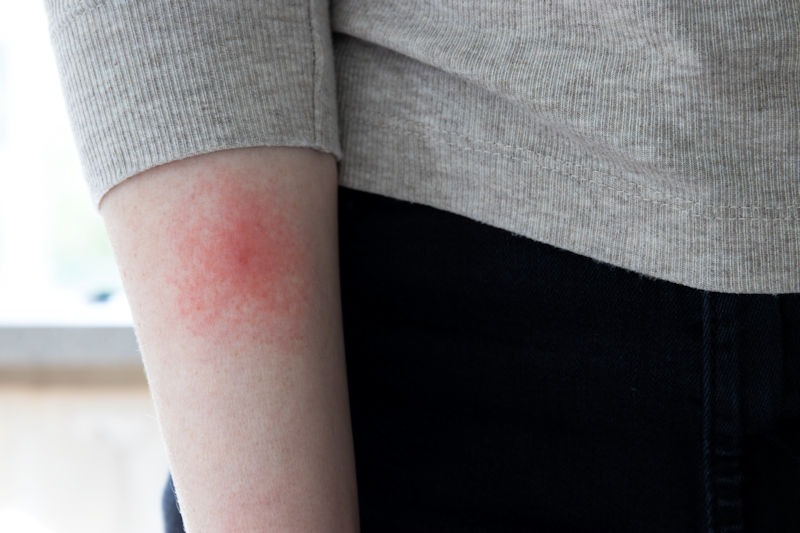Introduction to Lyme Disease
Lyme disease is a tick-borne illness caused by the bacterium Borrelia burgdorferi, primarily transmitted to humans through the bite of infected black-legged ticks (Ixodes scapularis) in the northeastern, midwestern, and southeastern United States. It is one of the most common vector-borne diseases in the U.S., with an estimated 476,000 cases diagnosed annually. Symptoms can vary but typically begin with fever, headache, fatigue, and a distinctive skin rash known as erythema migrans. If untreated, Lyme disease can lead to severe neurological and joint complications, such as meningitis, arthritis, and carditis, which can be debilitating and require long-term medical care.
The Role of White-Footed Mice in Lyme Disease
The white-footed mouse (Peromyscus leucopus) plays a crucial role as the primary natural reservoir of Borrelia burgdorferi. These mice, often found in suburban parks, gardens, and woodlands, are effective carriers of the bacterium. Unlike many other mammals, white-footed mice do not suffer adverse effects from the infection, allowing the bacteria to persist and multiply within them. When black-legged tick larvae feed on infected mice, they acquire Borrelia burgdorferi and can transmit the bacteria during subsequent feeding stages, including as nymphs and adults. Studies show that the population density of white-footed mice correlates with tick infection rates, emphasizing the importance of managing rodent populations to control Lyme disease risk.
Transmission Dynamics: Mice to Ticks to Humans
The transmission cycle begins with an infected mouse. When a tick larva feeds on the mouse, it ingests the bacteria and becomes a carrier. As the larva matures into a nymph, it retains the infection. Nymphal ticks are responsible for most human Lyme disease cases because they are small, hard to detect, and feed during spring and summer when human outdoor activity is high. Effective tick control strategies focus on breaking this transmission cycle, such as reducing mouse populations through habitat management, removing dense vegetation, and using rodent-targeted treatments like bait boxes containing acaricides.
Conclusion
Reducing the population of white-footed mice can significantly decrease the prevalence of infected black-legged ticks, thus lowering Lyme disease risks. As mice are pivotal in maintaining the bacterial reservoir, homeowners can minimize Lyme disease risks by managing rodent habitats, maintaining tidy lawns, and reducing leaf litter where ticks thrive. Understanding the ecological dynamics of Lyme disease is essential for effective prevention, motivating further efforts in both personal protection and community-based control measures.
FAQs
1.What is Lyme disease?
Lyme disease is a bacterial infection caused by Borrelia burgdorferi, transmitted to humans by infected black-legged ticks.
2.How do white-footed mice contribute to Lyme disease?
White-footed mice serve as the main reservoir of Borrelia burgdorferi. Ticks feeding on these mice acquire the bacteria and can later transmit it to humans.
3.What are the symptoms of Lyme disease?
Common symptoms include fever, headache, fatigue, and a skin rash called erythema migrans. If untreated, it can lead to more severe complications like arthritis, carditis, and neurological issues.
4.How can Lyme disease be prevented?
Preventive measures include using insect repellents, wearing protective clothing, managing vegetation around homes, and reducing mouse populations to limit tick habitats.
5.Why are nymphal ticks more dangerous than adult ticks?
Nymphal ticks are smaller, making them harder to detect, and their peak activity coincides with increased human outdoor activities, increasing the risk of unnoticed bites.
References
Lyme disease transmission by severely impaired ticks
Economic Burden of Reported Lyme Disease in High-Incidence Areas, United States, 2014–2016
Diseases Transmitted by the Black-Legged Ticks in the United States
Detection of Borrelia burgdorferi infected Ixodes scapularis in Nebraska, USA, 2021
NEED HELP?
If you live in Southern Maryland, or Northern Virginia
FIND YOUR SOLUTION HERE
People, Pet & Pollinator Safe! Pest control for people who care.
